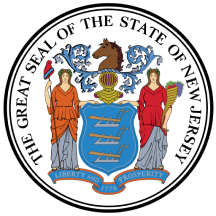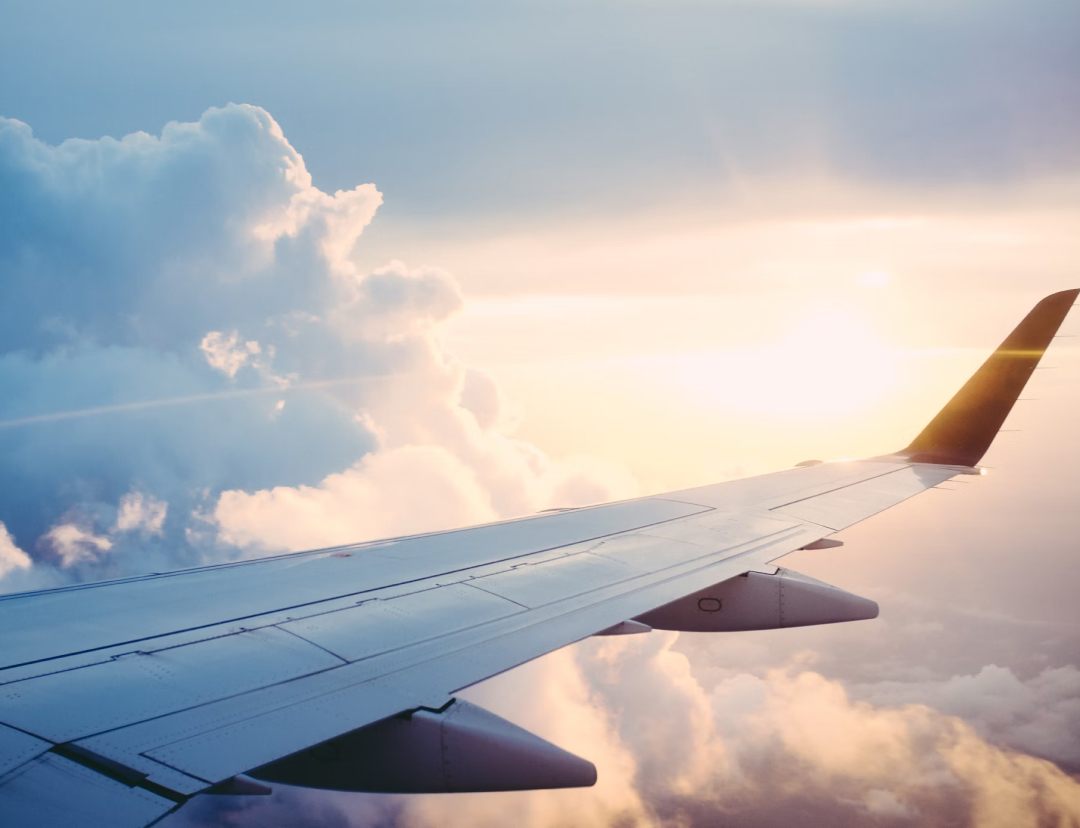U.S. fighter jets were deployed to intercept a civilian aircraft that entered restricted airspace over President Donald Trump's golf course in Bedminster, New Jersey, on Sunday. The incident occurred around 12:50 p.m. ET, when the pilot flew into a temporary flight restriction (TFR) zone that had been established for the area.
The North American Aerospace Defense Command (NORAD) reported that its aircraft used flares to alert the pilot and subsequently escorted the plane out of the restricted zone. This interception marked the second of the day and the fifth unauthorized incursion over the weekend.
NORAD emphasized the importance of safety during these operations. In a statement, they noted, "Flares are employed with the highest regard for the safety of the intercepted aircraft and people on the ground." They also reassured the public that the flares burn out quickly and completely, posing no danger to those below.
Officials are urging private pilots to be diligent before flying. NORAD reminded general aviation pilots to check all Federal Aviation Administration (FAA) Notice to Airmen (NOTAMs) and to "Fly Informed" prior to their flights. Specifically, they referenced FAA NOTAMs 9839, 9840, 9841, and 9842 for the Bedminster area.
NORAD has previously stressed the critical nature of adhering to restricted airspace protocols. They stated, "All pilots must familiarize themselves with updates to restricted airspace, including reviewing new and existing FAA NOTAMs that impact their flight plans and activities. Adhering to FAA restricted airspace protocols is mandatory, regardless of geographical region, airframe, or aircrew."
On the day of the incident, President Trump was not at the golf course, as he was scheduled to return to the White House later that evening.

 Local News in New Jersey
Local News in New Jersey

 Newsweek Top
Newsweek Top New York Post
New York Post KRWG Public Media
KRWG Public Media CNN
CNN Reuters US Domestic
Reuters US Domestic America News
America News Raw Story
Raw Story AlterNet
AlterNet